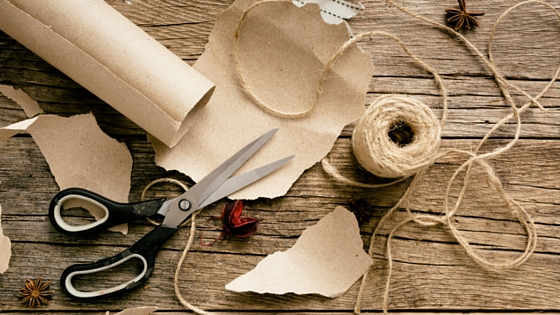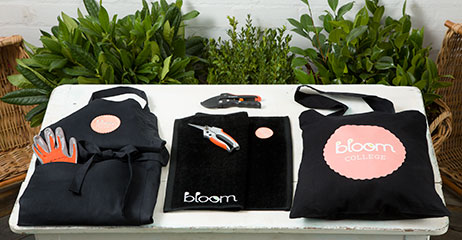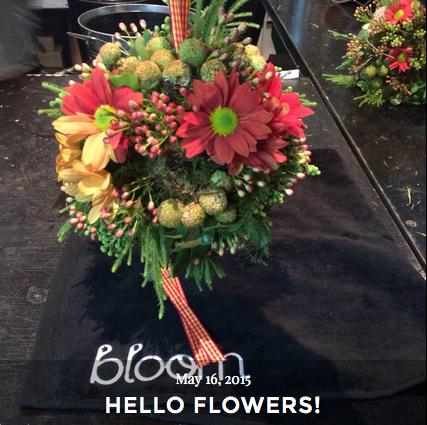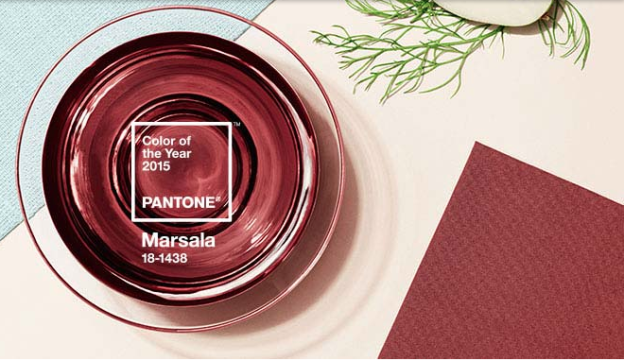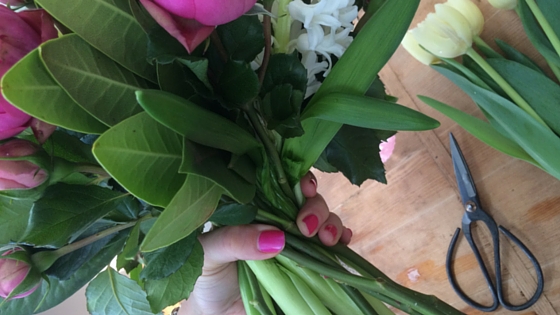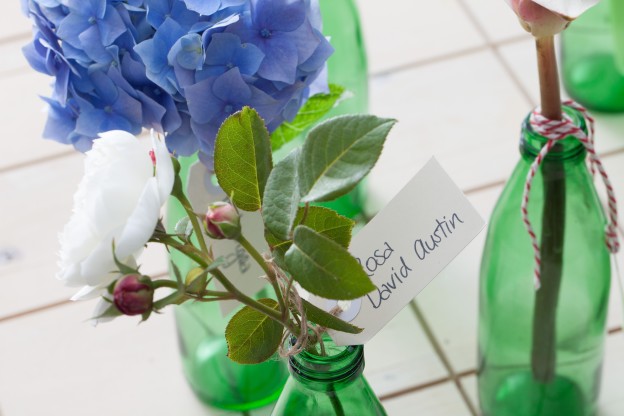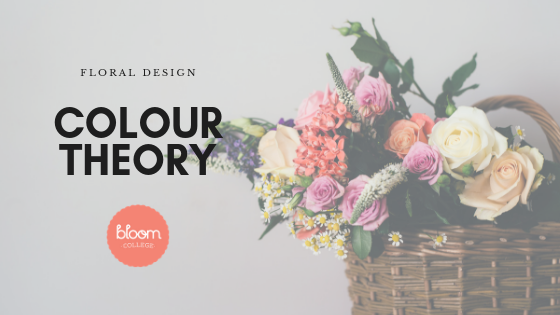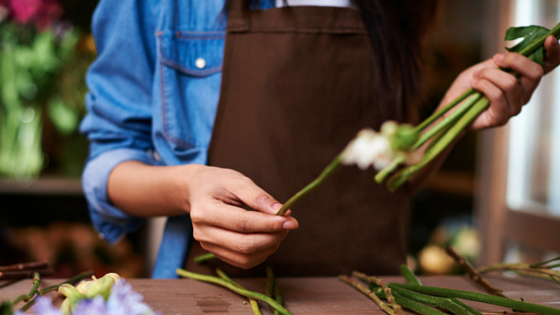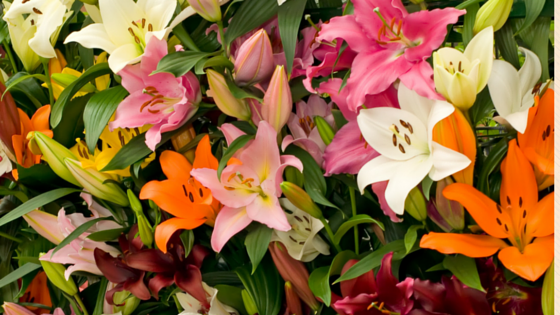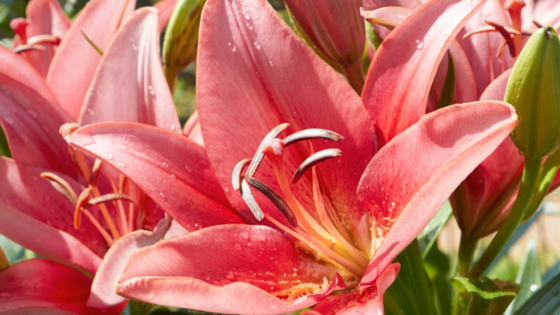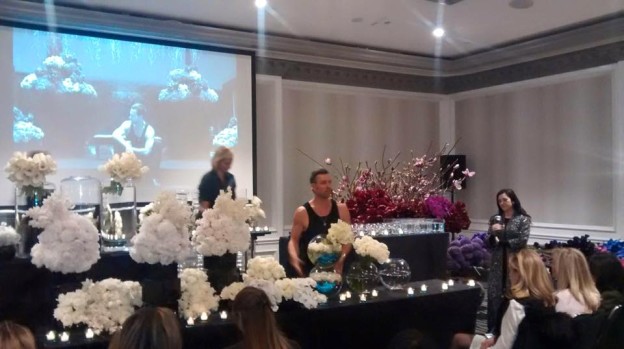With less than 3 months until Christmas (which is sure to fly!), now’s the time to start planning.
Here at Bloom College, we’re here to help you have a Christmas filled with flowery fun – where you get to enjoy making beautiful decorations, attending great events, giving thoughtful gifts…and of course – making the most of the stunning flowers available to us at this time of year.
Our new Port Melbourne classroom will be filled with Christmas cheer as we hold 3 very special Christmas themed flower workshops.
1. Hampers & Gift Wrapping
We start off with our Hampers & Gift Wrapping workshop. Gift Hampers make a special gift at any time of year. What we love about hampers is that you can customise them with all of the things you know your family/friends/colleagues love. We’ll teach you how to choose items that work well together, and how to place them so they make the best visual impact.
This workshop will also teach you the tools and tricks you need to make your gifts look professionally (and beautifully) wrapped for any occasion.
This workshop will book quick! To find out more, and to book.
2. Christmas Door Wreath
Nothing says ‘Merry Christmas’ more than a stunning Christmas Door Wreath. We’ll show you how to use the best combination of fresh and preserved materials to create your one-of-a-kind wreath which is sure to impress your visitors! And when they see yours they’re sure to want one too – so you can put your newly learned skills to good use!
Don’t miss out! To find out more, and to book.
3. Christmas Table Arrangement
Christmas is a time where family and friends come together for good times and laughs over a table spread with delicious food. We’ll show you how to create a stunning table arrangement made with fresh flowers, which will set the scene for a great celebration.
Limited spaces are available! To find out more, and to book.
So, whether you’re filling your home with the most amazing fresh botanicals available, hosting a special event, or giving a gift to a special person – we’re here to help. Our special Christmas themed flower workshops will teach you skills that you can use at any time of year – so don’t miss out!
Sneak peak: In our next Blog post we’ll tell you how you can give the perfect gifts to all flower lovers.
At Bloom College Flower Design School we create Floristry Courses and Flower Workshops for beginners, the hobbyist and those wanting to pursue floristry as a career.
Our classes are a place where participants have fun, meet new friends and find their inner creativity. No prior experience is necessary, and we have a range of Courses and Workshops available across our three locations: Port Melbourne, Collingwood and Geelong.
